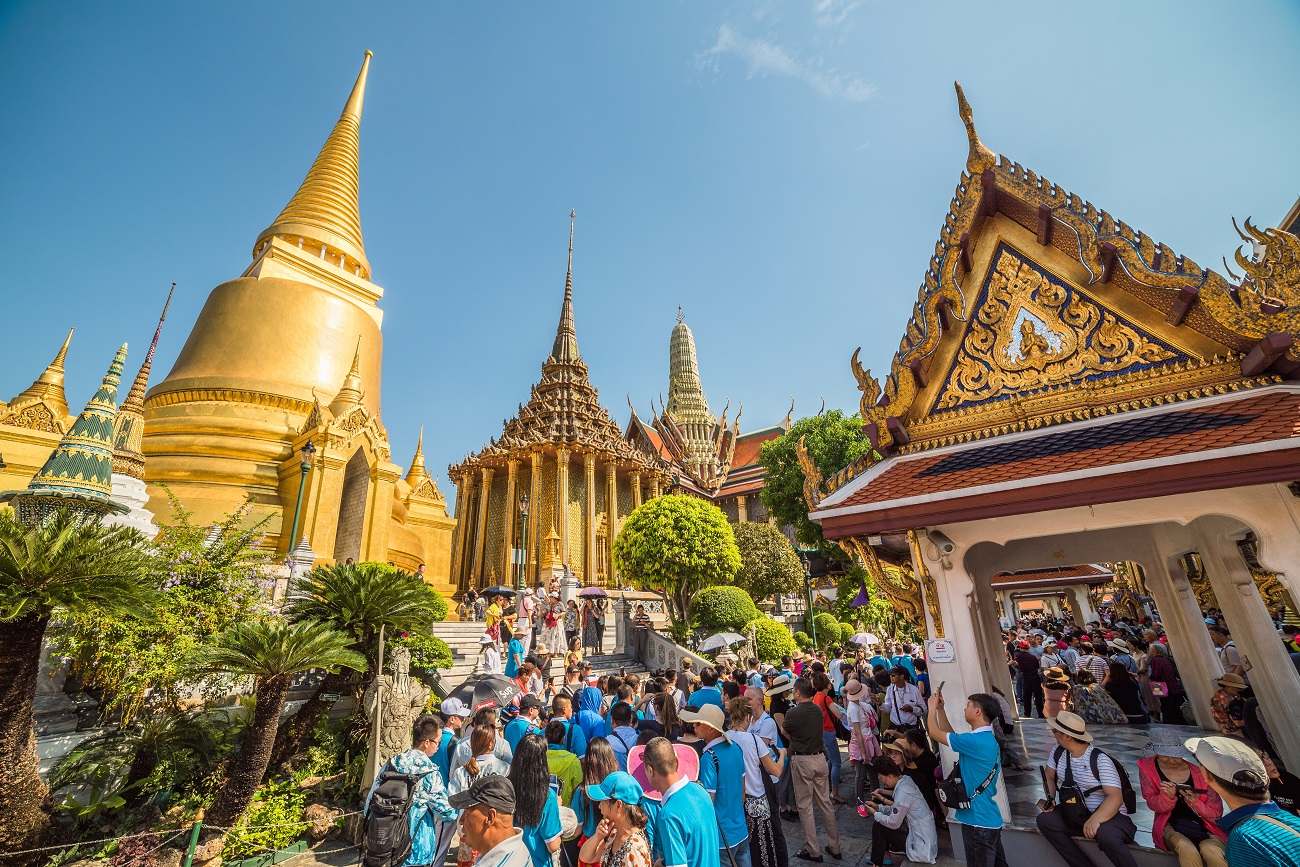Thailand continues to welcome international visitors, as tourism authorities reaffirm that the kingdom remains open, accessible, and committed to traveler safety. Recent updates emphasize that airports, seaports, highways, and public transport systems are functioning normally, enabling smooth movement across the country’s five regions. The Tourism Authority of Thailand (TAT) has also highlighted coordinated support from Tourist Police and visitor assistance centers to ensure a secure and seamless experience in key destinations.
Safety Measures and Traveler Confidence
Industry briefings note that international and domestic transport services—including flights, trains, buses, and ferries—are operating as usual, with no reported disruptions to visitor mobility. This reliability extends to major hubs and resort areas, reinforcing confidence among travelers planning trips in the coming weeks. According to Travel Daily Media, Thailand is currently served by over 140 international and domestic airlines, offering thousands of weekly flights that connect the country to global cities and regional gateways—an indicator of both capacity and continuity in air travel.
Reports also clarify that recent tensions have been localized near segments of the Thai–Cambodian border and have not affected the vast majority of tourism corridors. Authorities emphasize that Bangkok, Chiang Mai, Phuket, Krabi, Pattaya, Ayutthaya, Khon Kaen, and Udon Thani are all operating normally, with hotels, attractions, and cultural institutions open and public services uninterrupted. These updates underscore that Thailand’s core visitor routes—from heritage towns and temple circuits to marine parks and island beaches—remain accessible and welcoming.
Tourism communications further highlight Thailand’s year-round appeal, particularly in the current green season, when waterfalls, forests, and rice terraces are at their most vivid. National initiatives and cultural events continue to attract both local and international travelers, reinforcing the country’s vibrancy as a destination. These efforts complement on-the-ground safety measures, including multilingual assistance and clear signage, which help visitors navigate confidently through airports, stations, and city centers.
For travelers shaping their upcoming itineraries, these signals translate into tangible advantages: reliable flight schedules, dependable intercity links, and predictable access to landmarks. Beach enthusiasts and island-hoppers can easily combine Andaman Sea escapes with cultural stopovers on the Gulf side, while urban explorers in Bangkok enjoy seamless connections to northern highland circuits.
Accommodation options across the country remain diverse and fully operational, catering to different traveler preferences. Visitors may choose from luxury hotels, boutique hideaways, or private stays that emphasize comfort and exclusivity. Many are blending relaxation with curated activities—such as sunrise temple tours, guided nature treks, and culinary experiences—supported by Thailand’s established tourism infrastructure.
With strong connectivity, clear safety protocols, and a steady calendar of cultural and natural attractions, Thailand’s message is consistent: the kingdom remains open and ready to host. Travelers continue to discover a wide spectrum of accommodations, from elegant villas in Phuket designed for ocean-view leisure to the best private villas in Koh Samui offering serene Gulf-side retreats—all underpinned by nationwide systems that keep transport and services running smoothly.
–
Featured Image: Indochinatours.com







